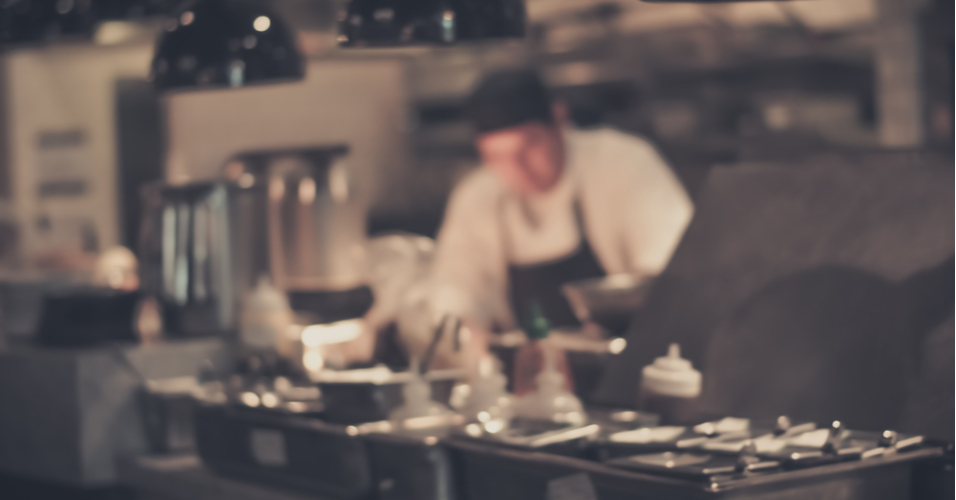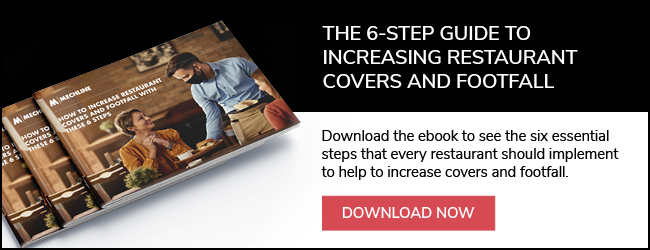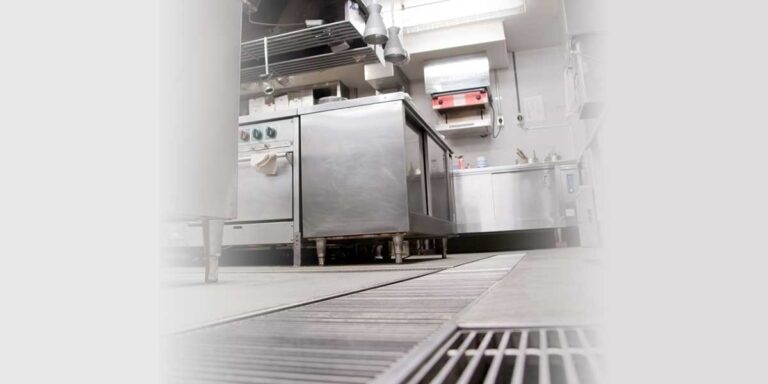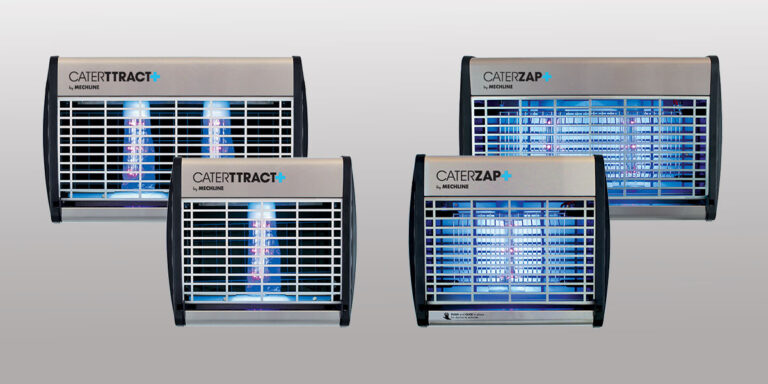Are you in the hospitality sector? Maybe you own a pub, restaurant, or a hotel – perhaps even a small chain. Either way, with the world more conscious than ever of the need for hygiene in public areas, your number one priority must be to give your customers of the present and the future the confidence that your venue is a safe place to be. Experts are predicting good times ahead for the hospitality sector. ‘Staycations’ are in vogue, with many people looking to have their holidays in the UK.
Your challenge is to give your potential customers confidence. They need to know that, when visiting your premises, they will not only enjoy a great experience but will also be safe from infection. Your success will depend on their peace of mind.
Here are 5 steps you can take to show your employees and your customers that you take their health and safety seriously.
1. Hygiene and Safety Signage
Communication throughout your premises is vital. From the moment they enter, your customers and staff need to feel confident that you’re taking every necessary step to protect them from infection. But consider getting your message across even before your customers arrive – for example, during your online booking process.
From the moment they are physically ‘on-site’, you need to provide your customers with clear signage.
For your processes
- Wait here to be seated
- One way systems
- How to order
For hygiene
- Use hand sanitiser / hand-wash basin on entry
General behaviour guidance
- Maintain social distancing
Don’t just use words. For optimum impact, make good use of images. The old adage ‘a picture is worth a thousand words’ has never been more true. Consider too ensuring that all your signage looks good and is consistent with your brand imagery. Remember – as with all your marketing communications, the manner in which you apply these signs, will have an impact on how customers perceive your brand.
2. Kitchen hygiene and safety equipment
Doubtless, you’ve always recognised the need to prioritise cleanliness and safety. To reduce the chances of cross-contamination, it’s never been more important to keep physical contact to a minimum. The pandemic has prompted the need for even more efficient and dependable hygiene measures than ever before.
That’s why owners and managers of venues are increasingly investing in new health and safety equipment, such as air and surface sanitisers/sanitisers or hands-free wash basins. Such equipment not only helps to tackle dangerous particles that spread infection, but they provide visible reassurance to staff and visitors that you are taking active steps to protect the environment in your venue.
Check out our blog post ‘kitchen hygiene and safety equipment to boost confidence’ to see what you can add to your venue.
Again, be sure not to miss the opportunity to spread the word. Use signage to announce your investment in new health and safety equipment. Include notices on your doors, walls and menus to tell your customers about the efforts you’re making to keep them safe. Announce it on your website too.
3. Increase cleaning procedures
- Reschedule your cleaning procedures. Clean surfaces more often – especially the areas where ‘touching’ is a frequent occurrence. Keep encouraging your staff and your visitors to be ever-rigorous about washing and hand sanitisation.
- Re-appraise yourself regarding the use of commercial disinfectants. Are those that you’ve previously used still appropriate for current circumstances?
- Insist that your staff behind the scenes, such as in offices and kitchens, are stricter than ever before about cleaning procedures.
- Involve your teams in discussions about implementing such measures. Bringing them into the discussions will reassure them that their health is a priority.
- Where possible, arrange for overalls and uniforms to be washed on-site. If your staff are responsible for washing their own, then make sure they realise the importance of doing so regularly and rigorously.
- Provide dedicated bins for the collection of used towels and staff overalls and uniforms.
- Except for fire doors, where possible, reduce touchpoints by wedging doors open.
4. Reduce contact between staff and customers
Clearly, an obvious way to reduce the chances of infection between customers and staff is to keep contact to a minimum. Some methods are commonplace and obvious, such as the use of Perspex screens. Others are innovative and imaginative. Some restaurants with drive-thru facilities have fitted bespoke serving hatches, which, with a simple lever movement, lower food and drink items from the service hatch down to the level of the customer’s vehicle.
You might consider too, installing dividers or table screens between dining tables. In these instances, do all you can to make sure such screens are branded to tie in with the restaurant décor and aesthetic. Such apparent small steps will all combine to enhance your customers’ experience.
Another idea employed by restaurants, cafes and pubs is extended ‘hand-grips’ (around 12 inches in length) that have a handle at one end and a grip at the other to hold the credit card machine. Again this establishes a degree of distance between the staff member and the customer.
5. Reduce contact in kitchens
One of the biggest challenges for employers in hospitality venues is contact between staff. You can certainly educate them as to how to stay safe outside work, but you have no control. So, you need to do all you can to minimise cross-contamination while they’re at work. Here are just a handful of the steps you can take.
- Split your kitchen staff into teams or workplace ‘bubbles’ or shift groups.
- Make sure your people observe staggered arrival and departure times. This way, you’ll reduce crowding on their way in and out of your venue.
- Think about staff behaviour patterns – where congestion occurs in and around the kitchen, storage (fridges, freezers and pantries) and dining areas. Review layouts and processes within these areas and then set up one-way systems to keep footfall in these areas as light as possible.
- Keep access to kitchen and storage areas as light as possible.
- Educate your staff to reduce contact with each other as much as they can, including during breaks.
Conclusion
When lockdown measures are lifted, experts agree that there will be a significant ‘up-tick’ in demand for all kinds of hospitality provision. You need to be in pole-position to maximise the opportunities to come. In this article, we’ve addressed the importance of keeping your staff and customers free from infection. We’ve also addressed the benefits of communicating the steps you’re taking – of giving them the confidence to visit you and to relax in the knowledge that they’ll be safe.
But there are many more steps you can be taking to increase your bookings. We’ve prepared a 6-step guide for you to download – ‘How to increase restaurant covers and footfall’.









